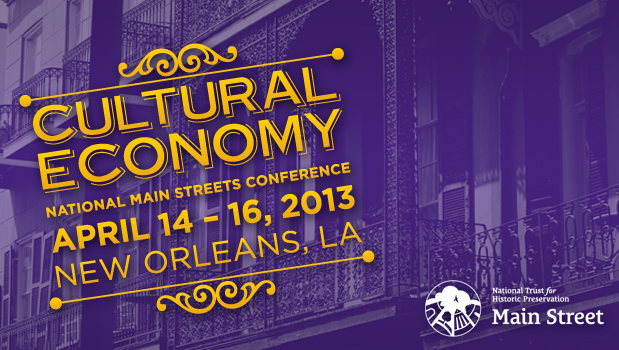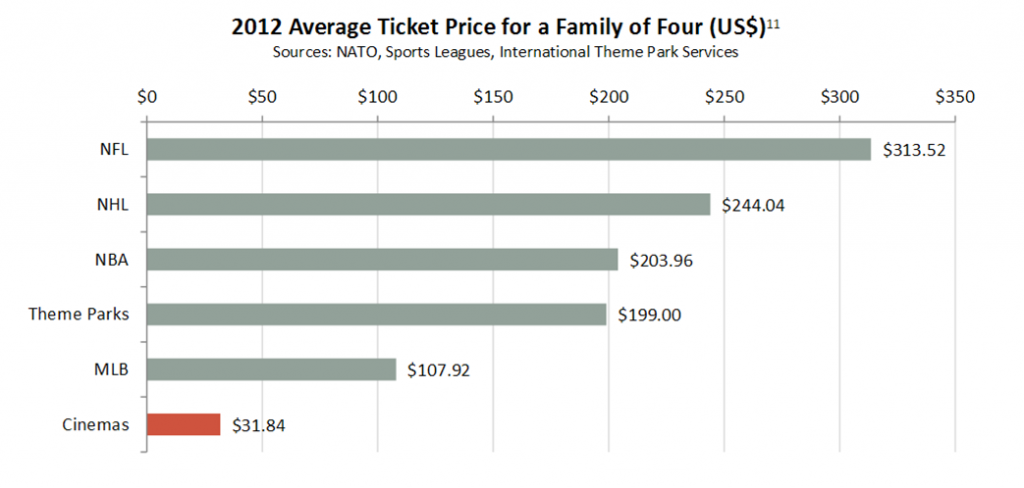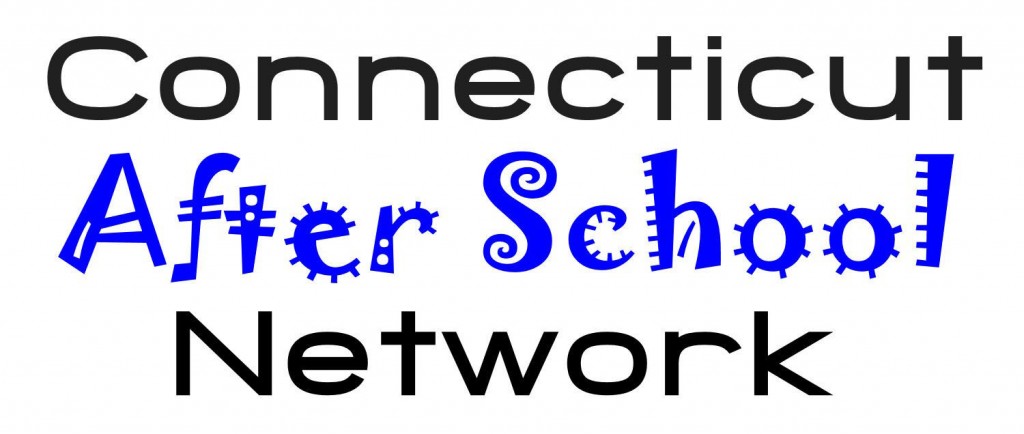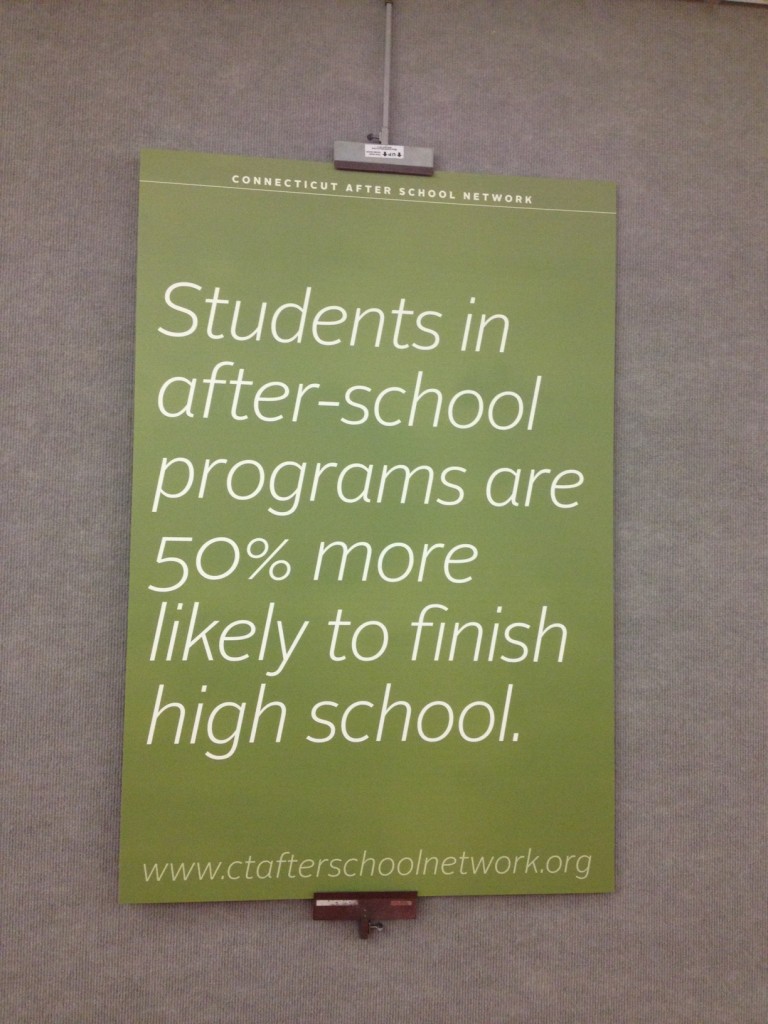Waterbury, Hartford, Simsbury Achieve National “Main Street” Recognition
/Connecticut Main Street Center (CMSC) has announced that three Connecticut Main Street designated organizations have been accredited as 2013 National Main Street Programs for meeting organizational performance standards set by the National Trust Main Street Center. Simsbury Main Street Partnership, Upper Albany Main Street (Hartford) and Main Street Waterbury have been recognized for outstanding accomplishments toward the goal of revitalizing their historic main street districts following the Main Street methodology. The announcement was made during the 2013 National Main Streets Conference in New Orleans.
"We congratulate this year's accredited National Main Street Programs for meeting our established performance standards," said Valecia Crisafulli, Acting Director of the National Trust Main Street Center. "Rebuilding a district's economic health and maintaining that success requires broad-based community involvement and support, in addition to establishing a solid organization with sound management that is committed to long-term success."
National Main Street Program Accreditation is a partnership between Connecticut Main Street Center and the National Trust Main Street Center to establish standards of performance for local Main Street programs. These standards set the benchmarks for measuring an individual Main Street program's application of the Main Street Four-Point Approach to commercial district revitalization, which includes Organization, Promotion, Design and Economic Restructuring.
Evaluation criteria determine the communities that are building comprehensive and sustainable revitalization efforts and include standards such as development and commitment to mission, fostering strong public-private partnerships, securing a stable operating budget, tracking economic progress, and preserving and bringing back to life historic buildings. These standards provide benchmarks and guidelines on how Main Street organizations should be functioning and serve as incentives for improvement.
Connecticut Main Street Center (CMSC) is a statewide nonprofit that inspires great Connecticut downtowns, Main Street by Main Street. Its mission is to be the champion and leading resource for vibrant and sustainable Main Streets as foundations for healthy communities. Since the Connecticut Main Street program began in 1995, designated Main Street programs have generated  over $1 billion in public and private reinvestment in their downtowns. Over the same time, 425 net new businesses have opened and 2,538 net new jobs have been created.
over $1 billion in public and private reinvestment in their downtowns. Over the same time, 425 net new businesses have opened and 2,538 net new jobs have been created.
Connecticut's 2013 National Main Street Programs
Simsbury Main Street Partnership, designated in 1995, describes its focus as "forward-thinking economic development within the context of historic preservation, so that Simsbury's assets and legacy can be passed on to future generations." Designated a Preserve America Community by the White House in 2006, the Partnership works to integrate Simsbury Center's shopping, civic and entertainment activities into community heritage tourism opportunities. Through its partnership with the Town and the Hartford Symphony Orchestra, Simsbury Main Street Partnership has linked downtown restaurants and merchants to visitors to the Talcott Mountain Music Festival by establishing an outdoor vendor program where concert-goers can purchase food and drink and retail items. Simsbury was named by the National Trust for Historic Preservation as one of the 2010 Dozen Distinctive Destinations. More about Simsbury Main Street Partnership can be found at www.shopsimsbury.com
Upper Albany Main Street is "an economic development engine in Hartford working to improve the environment for small businesses, promote entrepreneurship, and establish Albany Avenue as a vibrant Afro-Caribbean neighborhood destination of choice." Designated by Connecticut Main Street Center in 2001, Upper Albany Main Street continues to position the organization to meet the socio-economic challenges of the neighborhood by addressing leadership development, and engaging residents in the entrepreneurial initiatives on the Avenue. Through its partnerships with the University of Hartford, the City of Hartford and the Metro Hartford Alliance, the Main Street program has developed the award-winning Micro-Business Incubator program, and a Public Safety initiative which has resulted in the Avenue being named a Weed & Seed Community by the U.S. Department of Justice. More about Upper Albany Main Street can be found at www.upperalbany.com
Main Street Waterbury, designated a Connecticut Main Street Community in 2003, has been guided by a commitment to building community consensus around the need to bring downtown back to life through a culture of collaboration. Forming a unique partnership with the City, the Waterbury Regional Chamber of Commerce and the Waterbury Development Corporation, Main Street Waterbury has been successful in bringing people back to downtown through its special events, community forums, and by focusing on a strategy of "Waterbury at Night"; recruiting restaurants and creating a downtown environment which encourages and complements activity around the existing entertainment destinations in downtown. Downtown Waterbury has seen the rehabilitation of a number of downtown's historic vacant and under-utilized mixed-use buildings, providing market-rate residential development on upper floors. More information about Main Street Waterbury can be found at www.mainstreetwaterbury.com
CMSC is supported by Founding Sponsors, the Connecticut Department of Economic & Community Development (DECD) and The Connecticut Light and Power Company, and by Growth Sponsors, The United Illuminating Company and the Connecticut State Historic Preservation Office. For more information, visit www.ctmainstreet.org









































